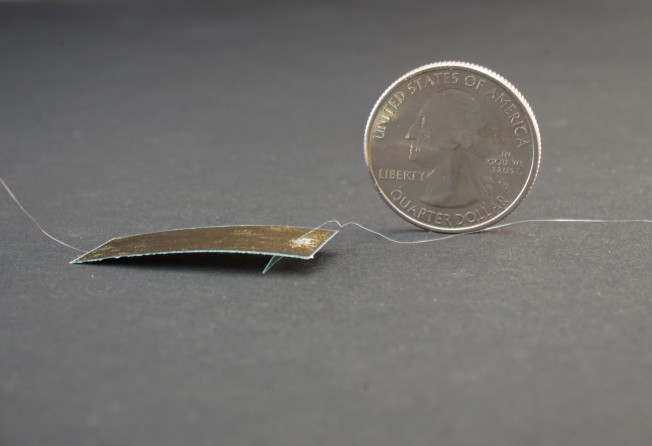This tiny ‘cockroach robot’ could be the future of search and rescue when disasters strike
- Chinese and US researchers take inspiration from the hardy insect to design a robot that moves fast and is hard to squash

Cockroaches are near-indestructible little creatures. These hardy insects have existed since at least 320 million years ago, outliving dinosaurs. A cockroach can also carry loads of up to 900 times its body weight, shrink to a quarter of its height to fit into small crevices and live for a week without its head.
Inspired by the qualities of this humble bug, a group of researchers from China and the United States have created a prototype of a fast-moving and near-indestructible miniature robot, which could potentially replace sniffer dogs in detecting people trapped in a rubble after a major earthquake or similar disastrous event.
Print option is available for subscribers only.
SUBSCRIBE NOW